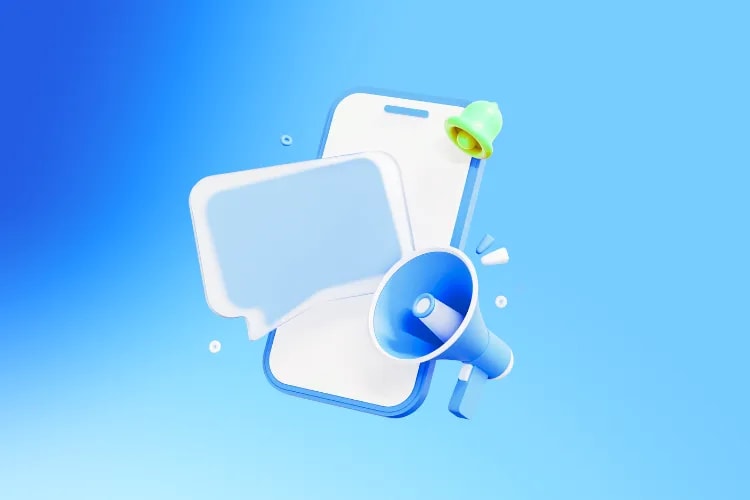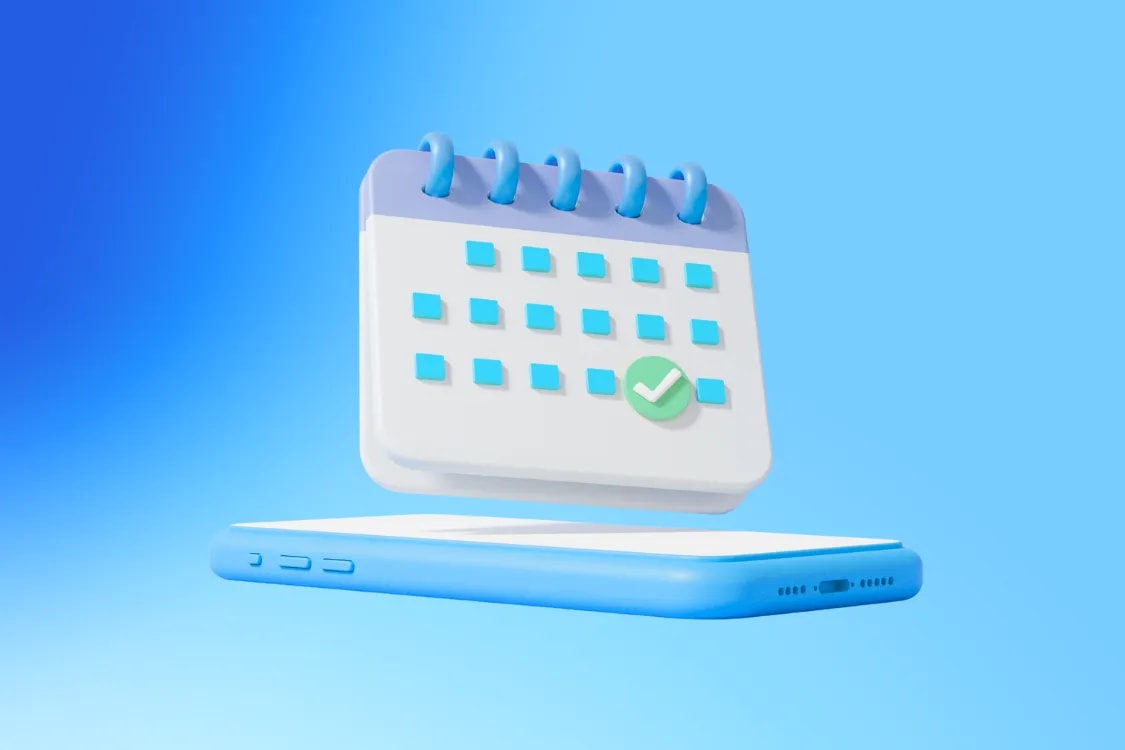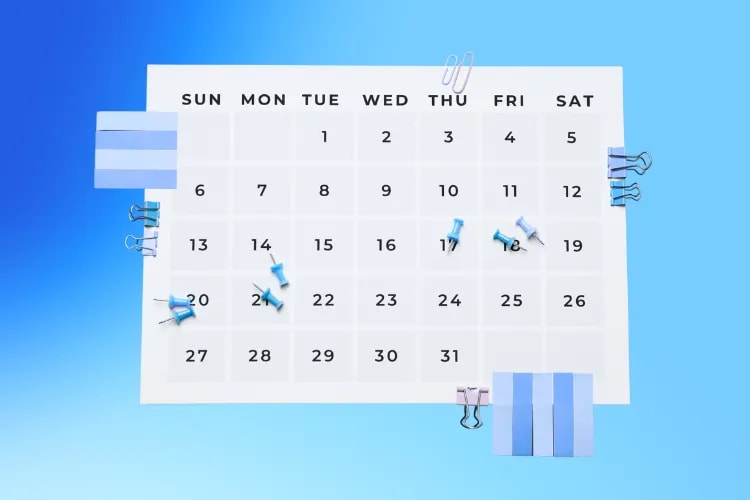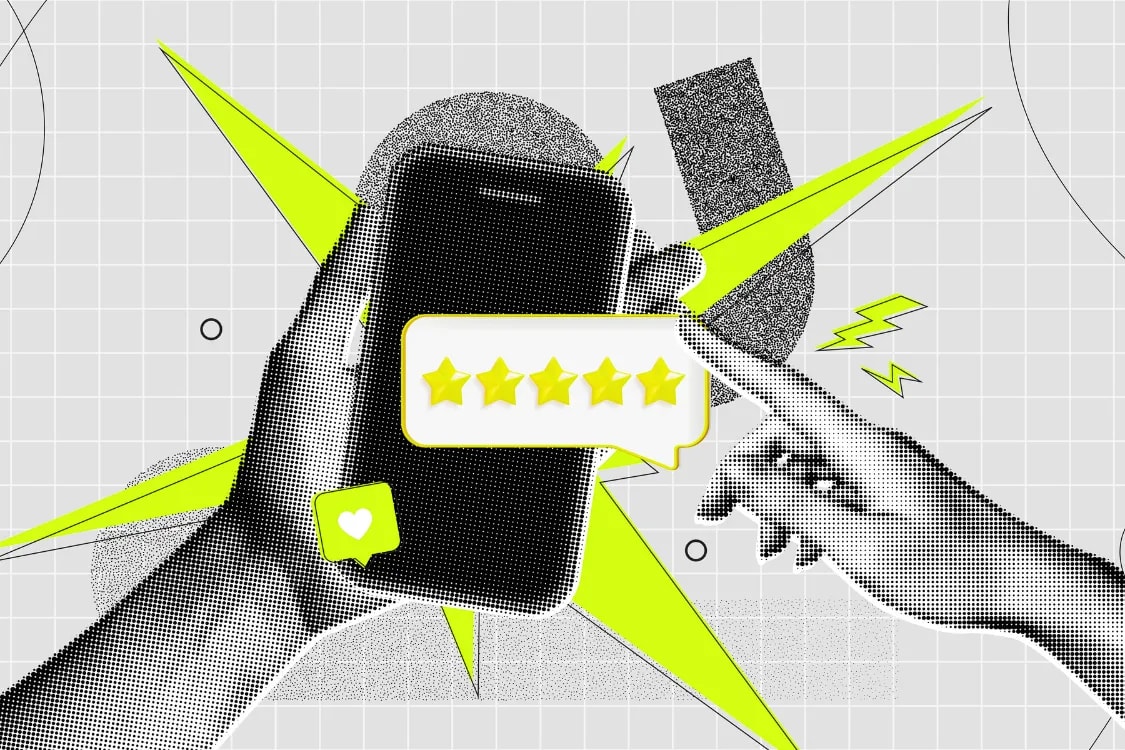
A great product deserves a great debut. A product launch event is your moment to bring the story, the problem, and the solution to life—right in front of the people who matter most. When it’s designed with intention, a launch can generate massive buzz, galvanize your community, and accelerate the first wave of sales that proves product–market fit.
In this guide, we’ll walk through how to plan a successful product launch event from strategy to execution—so you can attract the right audience, craft an engaging program, and turn attention into measurable outcomes. Whether you’re unveiling a new SaaS feature, a consumer gadget, or a premium beverage line, the steps below will help you build a launch that gets talked about—and drives revenue.
You’ll find practical checklists, examples, and tips sprinkled throughout. By the end, you’ll know how to define goals, pick the perfect venue and date, design a compelling run of show, promote like a pro, leverage technology, and prove ROI.
Before you lock a venue or book speakers, align on the business outcomes your product launch event must deliver. Clear goals sharpen your messaging, influence your format, and determine which metrics you’ll track.
Use a small set of specific, time-bound objectives. Common examples include:
Increase brand awareness: Achieve 1M social impressions and 15 press mentions in two weeks.
Generate qualified leads: Capture 500 demo requests with a 30% SQL conversion rate within 30 days.
Drive initial sales: Secure 250 pre-orders or paid upgrades at the event and in the first week post-launch.
Attract media coverage: Host 20 journalists/creators with hands-on access and an exclusive briefing.
Assign one or two KPIs per objective and decide your measurement windows (e.g., event day, 7 days, 30 days). These benchmarks will guide your promotional bets and your onsite calls to action.
Design for the people you most need to persuade. Build two to three priority personas and tailor the experience—from agenda to venue vibe—to their needs.
Demographics and roles: ICP titles (e.g., CTO, Ops Manager), buyer vs. user, creators/press, partners.
The Loopyah Content Team shares expert insights, practical guides, and industry updates to help event organizers create unforgettable experiences and stay ahead in the event planning world.
planning
Pain points: What problem does your product solve for them? How urgent is it? What alternatives exist?
Motivations: Are they seeking inspiration, hands-on training, networking, or exclusivity?
Attendance mix: Desired ratio of customers, prospects, media/creators, and partners.
Example: A climate-tech startup launching a smart thermostat may prioritize home improvement influencers and eco-conscious homeowners for social proof, with a secondary track for installers and retail partners to accelerate distribution.
Your venue sets the tone for the story you’re telling. Match the physical environment to your product’s positioning: premium and polished, raw and innovative, or warm and community-driven. Prioritize experience, logistics, and technical reliability.
Accessibility: Proximity to public transit, parking availability, ADA compliance, and intuitive wayfinding.
Capacity and flow: Enough seating for the keynote, space for demo stations, and room for networking without crowding.
Ambiance and brand fit: Lighting, acoustics, and decor that reinforce your product’s vibe.
AV and connectivity: Redundant Wi‑Fi, reliable screens and projectors, ample power, and mic coverage for Q&A.
Unique locations: Brand showrooms, galleries, rooftops, industrial spaces, or customer venues for authenticity.

Anchor your date to your PR and sales timelines. Aim for a window when media is available, your team can support demos, and your product is truly ready.
Avoid conflicts: Steer clear of major holidays, industry conferences, and big local events.
Choose the right day/time: Midweek evenings for B2C buzz; midweek mornings for B2B and press briefings.
Create urgency: Offer limited-capacity sessions or VIP previews for creators, partners, and top customers.
Lock key vendors (AV, photography, catering) early, and confirm load-in/out windows with the venue to protect rehearsal time.
Your program should move people—from curiosity to belief to action. Balance inspiration with proof, and always make time for hands-on interaction with the product.
Invite a mix of voices: a company leader for vision, a product lead for the roadmap, and a customer or influencer for credibility. Keep it tight and benefit-led.
Lead with the problem: Open with a relatable pain point and quantify the cost of inaction.
Show, don’t tell: Use short demos or visuals during the talk to prove claims.
Time-box with intention: 12–18 minutes per talk maintains energy without overload.
Demos are where belief becomes buying intent. Provide small-group demos, self-guided stations, and scheduled “deep dives” for evaluators. Offer different tracks for prospects, media, and partners so each group sees what matters most.
Organize by use case: Label stations by job-to-be-done (e.g., “Automate reporting,” “Save battery life”).
Staff with specialists: Pair a product expert with a sales engineer to handle both vision and specifics.
Capture intent on the spot: QR codes for pre-orders, trial signups, or meeting bookings.
Hands-on labs or workshops: 20–30 minute sessions where attendees try the product with guidance.
Gamified challenges: Scavenger hunts across demo stations; award perks or limited-edition swag.
Creator corners: Content capture booths for influencers to film quick takes.
Give people reasons to meet: curated seating, hosted roundtables, and hosted office hours with product managers or founders. Structured networking helps introverts participate and surfaces valuable conversations for your team.
Segmented lounges: Areas for customers, prospects, partners, and press to meet the right peers.
Hosted intros: Staff floats facilitate connections between VIPs and your leadership team.
Meeting slots: Offer bookable 1:1s with sales or solutions engineers.
Promotion starts the moment you select your date. Build a drumbeat of teasers, invitations, and reveals that lead up to launch day—and keep momentum going after the event.
Social teasers: Share short, benefit-led clips and behind-the-scenes content. Reveal the product name or a key feature late to spark speculation.
Email sequences: Send save-the-date, early access, and RSVP confirmations with personalized agendas by persona.
Press and creator outreach: Offer embargoed briefings and hands-on previews.
If you plan to ticket the event or require RSVP approval, use scarcity ethically: release a limited early-bird batch or VIP passes for your highest-intent segment.
Official hashtag: Display it on stage and signage. Encourage live posting with a photo moment and on-screen social wall.
Livestream: Broadcast the keynote and main demo for remote audiences; save the recording for post-event nurture.
Centralize your promotion and tracking
so your team can monitor registrations, engagement, and UTM performance in one place.
Your product launch doesn’t start on launch day—it starts the moment you announce the date.
Strike while the excitement is fresh. Plan your follow-up before doors open so you can hit send within 24 hours.
Thank-you emails: Include highlights, key takeaways, and the next step (trial, demo, pre-order). Personalize by persona or session attended.
Content recap: Share photos, a sizzle reel, and top quotes. Gate the full demo replay to capture leads.
Offer stacking: Time-bound discounts, bundle upgrades, or VIP access to a customer roadmap webinar.
Technology removes friction across the attendee journey and gives you the data you need to prove the impact of your product launch event. Choose an end-to-end platform and a small set of best-in-class tools for interactivity.
Use event software for registration, ticketing, check-in, and communications. Look for branded pages, flexible ticket types, QR-based entry, and integrations with your CRM and marketing automation platform.
A lightweight mobile site or app helps attendees find sessions, navigate demos, and connect with each other. Include maps, speaker bios, and the ability to submit questions.
Use live polls to check understanding and gather feedback during key moments. Moderated Q&A ensures high-signal questions and more inclusive participation.
Pro tip: Capture consent for communications at registration and tailor onsite CTAs (QR codes, short URLs) so you can track which demos triggered action.
You can’t improve what you don’t measure. Pair your goals with clear KPIs, then collect both quantitative and qualitative feedback to understand impact and opportunities.
Attendance and reach: Registrations vs. check-ins, no-show rate, livestream views, social impressions/mentions.
Engagement: Session dwell time, poll/Q&A participation, demo station scans, content downloads.
Pipeline: Leads captured, meeting bookings, demo requests, pre-orders, trial activations.
Revenue: Event-day sales, 7/30/90-day conversion, average order value, expansion from existing customers.
PR and creator impact: Articles published, video reviews, share of voice, domain authority lift.
Send a short survey within 24–48 hours while memories are fresh. Offer a small incentive or early access perk for higher response rates.
Satisfaction: “How satisfied were you with the event overall?” (1–5) and “Would you recommend it?” (NPS).
Value: “What did you find most valuable?” “What was missing?” “What would you change next time?”
Intent: “Are you interested in a trial, demo, or pre-order?” with a direct link to take action.
Combine event data with CRM outcomes to assess performance and learn what to optimize. A simple framework:
Attribution: Tag registrations by source (email, social, partner, press) and compare conversion to pipeline and revenue.
Economics: Calculate ROI = (Revenue attributable to event – Total event cost) / Total event cost.
Insights: Identify which messages, demos, and channels produced the highest lift—and scale those next time.
A successful product launch event doesn’t happen by accident. It’s the result of clear goals, an audience-first program, a compelling venue and date, consistent promotion, the right technology, and disciplined measurement. When you deliver a memorable experience and a frictionless path to take the next step, you’ll create the buzz you want—and the sales you need.
Ready to put your plan into action? Explore more ways to market your launch with creative event promotion ideas, and centralize your registration and amplification with our Events software.
And don’t leave without a reliable plan. Get the step-by-step checklist below to keep your team aligned from kickoff to post-launch.

planning









planning
planning
planning
marketing
marketing
planning
selling
planning
marketing